The Habit Of Eating Meat May Be Hurting Us (And Our World)
![]()
THE HABIT OF EATING MEAT MAY BE HURTING US (AND OUR WORLD) (ISSUE 120)
By Diane Gold
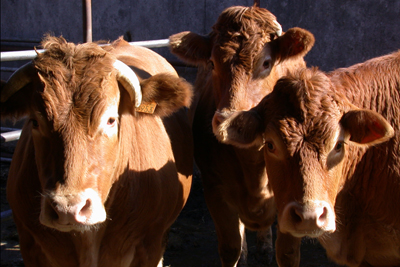 The habit of eating meat is passed down from one generation to another, in most societies. Throughout the years, a symbol of abundance has become the finest steak dinner, so much so that, at one point, the overproduction of uric acid crystals between the joints known as gout, got the nickname “disease of the rich” because wealth often meant increased intake of animal proteins.
The habit of eating meat is passed down from one generation to another, in most societies. Throughout the years, a symbol of abundance has become the finest steak dinner, so much so that, at one point, the overproduction of uric acid crystals between the joints known as gout, got the nickname “disease of the rich” because wealth often meant increased intake of animal proteins.
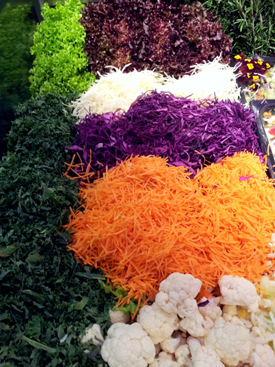 What is now becoming common knowledge, or is such to the Millenial generation and after, is that hunger and thirst could be contained if we increased our plant-based nutrition consumption; we could reduce many chronic diseases if we reduced or removed meat from our diet; our water footprint to farm livestock for food is sending the world economies on a downward spiral of water emergencies; especially in the latest generation, people are questioning whether it is ethical to eat meat (which could includes but is not limited to beef, pork, lamb, chicken, fish, bees).
What is now becoming common knowledge, or is such to the Millenial generation and after, is that hunger and thirst could be contained if we increased our plant-based nutrition consumption; we could reduce many chronic diseases if we reduced or removed meat from our diet; our water footprint to farm livestock for food is sending the world economies on a downward spiral of water emergencies; especially in the latest generation, people are questioning whether it is ethical to eat meat (which could includes but is not limited to beef, pork, lamb, chicken, fish, bees).
This article looks at this global habit in relation to agribusiness, the pharmaceutical industry and education.
HUNGER
What would happen if the money spent on livestock feed were spent on growing extra food for people who needed food?
According to PETA:
1) Using an acre of land to raise cattle for slaughter produces 20 pounds of meat. This same acre could produce 365 pounds of soybeans, 17 times more food.
2) The resource to produce 1 pound of meat would produce 13 pounds of grain. That would feed an entire community, rather than 1 family.
 3) This year, 7100 children will die from a hunger-related disease per day. That’s 2.6 million for the year. We can help hunger by replacing our meat habit with some form of plant-based nutrition.
3) This year, 7100 children will die from a hunger-related disease per day. That’s 2.6 million for the year. We can help hunger by replacing our meat habit with some form of plant-based nutrition.
HEALTH
1) ANTIBIOTICS
The use of antibiotics in livestock production has created highly resistant strains of bacteria (super bugs) which pass by touch to workers, from water supply contaminated by infected animal feces and from uncooked infected meat.
Because of the power of the food and pharmaceutical industries, the Food And Drug Administration (FDA), unlike the European Union, has never banned antibiotic use in animal production. It did, however, implement a regulation that asked the farm industry voluntarily to phase out the use of certain antibiotics.
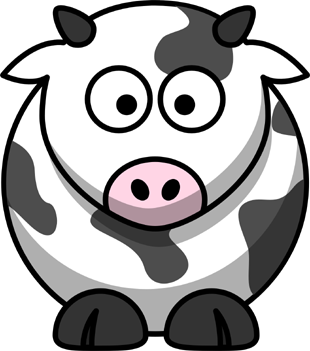 For those not calculating, if antibiotics are used in animal feed, the drug companies get paid for their drugs and farmers get to fatten up their livestock more quickly from the antibiotics so they reduce feeding expense. This translates to a less healthy environment, chemically altered food and reduced health.
For those not calculating, if antibiotics are used in animal feed, the drug companies get paid for their drugs and farmers get to fatten up their livestock more quickly from the antibiotics so they reduce feeding expense. This translates to a less healthy environment, chemically altered food and reduced health.
AUTHOR’S NOTE
It is important to note that most super bugs that affect humans are obtained from overuse of antibiotics in humans.
2) PLANT-BASED NUTRITION
There is much evidence that plant-based eating reduces obesity, diabetes, heart disease, cholesterol. Therefore, what about replacing the meat habit with plant-based foods for health and environment?
Check out more interesting facts here: http://warriorsofweight.com/6-great-reasons-for-plant-based-nutrition.
WATER FOOTPRINT
The statistics around the amount of water used to produce food are so unreliable since circumstances are always changing and it is a very tricky subject. It is true that the amount of water used for vegetables and livestock vary from one measure to another.
To produce 1 head of broccoli, 5.4 gallons of water are needed.
To produce 1 tomato, 3 gallons are needed.
According to the journal, Ecosystems, a study by M. Mekonnen and A. Hoekstra from U of Twente, Netherlands, beef uses 4 million gallons of water per ton. That means just under 40,000 gallons for a pound of meat. To break it down further, the study looked at the amount of “blue” water used. For veggies, 5.6 gallons of blue water is used to produce a pound. 20 gallons is used to produce a pound of fruit. And about 72 gallons are used to produce a pound of beef. These figures vary greatly, depending on the further breakdown within the category.
According to Ask.com, the Department of Animal and Range Sciences at the South Dakota University measured that 1 cow may yield 84 pounds of steak quality meat, which means, more or less, 225 6 oz. meals or 336 4 oz. meals. The same amount of water produces 23,000,000 heads of broccoli.
And 70% of the water used in livestock industry is to grow animal feed; in California, this means alfalfa for cows. The sad thing is that, even though California is experiencing a water shortage, farmers are exporting alfalfa hay to Asia. (Show me the money!)
According to the Food And Agriculture Organization Of The United Nations, 70% of land that has been deforested in Latin America, which means, in part, the Amazon, is used for livestock grazing. The expense of the food for livestock is what makes the least sustainable sense.
THE ETHICS OF EATING MEAT
I have had lively debate with a local doctor. He talks about how plants have feelings, or certainly, that they react to stimuli; and I talk about how I believe plants yield to us but should be thanked for their sacrifice. Certainly, we both agree that hurting animals is wrong.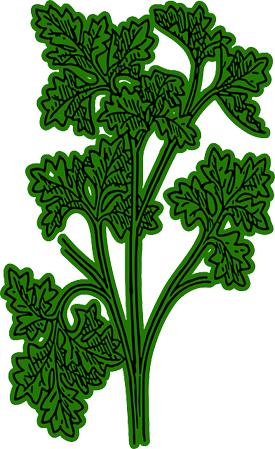
In my opinion, if vegan food is available to me; it is my duty to eat it. Were I in a North country with limited vegetation, would I eat fish or four-legged animals? I would, because it’s my duty to self-sustain; I would give thanks for the animal’s life I used for mine, the way I do with the plants I eat.
A fascinating fact is that Inuits in Greenland have low heart disease. They eat primarily proteins and fats from salmon, whale and seal with no sugars and no carbs. This statistic may come from their Omega-3 to Omega-6 ratio, which is balanced at 1:1, unlike in the West where we are Omega-6 (inflammatory) rich.
CONCLUSION
The habit of eating meat is like any other repetitive pattern we have. When we think about it, we may choose to change it in order to enhance our health, eat in a way that will help stop hunger, be examples of saving water so there will be some left for our grandchildren and modify our ethical actions.
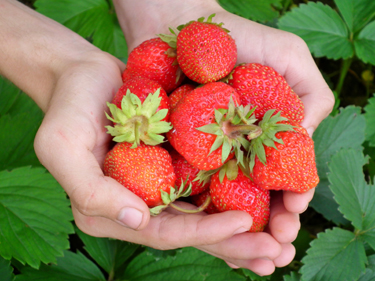 Instead of blindly consuming food, just because it tastes good to us, we might want to consider the consequences of our actions. Not following in the footsteps of the past generations, we might want to evaluate the newest scientific evidence about food and nutrition. We might choose to realize that the dairy and meet industries have vast sums of money to promote the idea of eating meat or consuming dairy. Big media are friends with big dairy, big meat, big poultry and big pharma. These relationships may be cause for us to do our own research on whether the habit of eating meat needs a complete turnaround in 2014.
Instead of blindly consuming food, just because it tastes good to us, we might want to consider the consequences of our actions. Not following in the footsteps of the past generations, we might want to evaluate the newest scientific evidence about food and nutrition. We might choose to realize that the dairy and meet industries have vast sums of money to promote the idea of eating meat or consuming dairy. Big media are friends with big dairy, big meat, big poultry and big pharma. These relationships may be cause for us to do our own research on whether the habit of eating meat needs a complete turnaround in 2014.
ACTION STEPS
Here are several action steps that may serve all of us.
1) Check out the amount of Omega-6 and Omega-3 fatty acids you consume on an average day, shooting for 4 (Omega-6) : 1(Omega-3). The National Institute Of Science recommends a ratio of 10:1 in the United States. In my opinion, that’s because they are friends with agribusiness producers who make vegetable oils, sugars and other foods that imbalance the ratio. Other countries typically say 4:1 is OK, new evidence points to 1:1 being ideal.
2) Research a few hunger statistics, and consider replacing 1 meat meal weekly with a plant-based meal. You can go to the PETA website at http://features.peta2.com/making-the-connection/world-hunger.aspx, about half way down to the slider showing the ratio of elimination of eating animals to the amount of hunger that would go away.
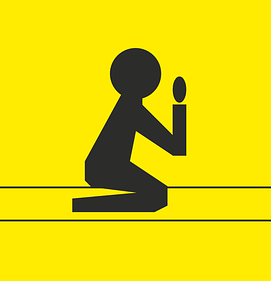 3) Be grateful for whatever food you eat. This will bring positive feelings to the world, which may, in turn, create happier circumstances for all animals and plants, including ourselves.
3) Be grateful for whatever food you eat. This will bring positive feelings to the world, which may, in turn, create happier circumstances for all animals and plants, including ourselves.
____
If you wish to share your story, please hit reply in your email program to be contacted.
___
![]()
FEEDBACK
We value your feedback very much.
Please leave a comment.
Please LIKE us on the website and at WarriorsOfWeight on Facebook.
Thanks.
![]()
DIANE GOLD, AUTHOR
Diane Gold, Founder of Warriors of Weight, Turning Habits Into Health, is a mentor in tai chi, kung fu and meditation, a music, fitness and stress expert, dedicated mom, studying plant-based nutrition and habit change.
She is slowly realizing the importance of early education to impact environment when it comes to animal farming and proper nutrition. She says,
“Teachers have the absolute privilege of connecting the dots for young children to understand the world and how it works. What can be taught now to elementary school children is things like producing meat can use 10 times as much blue water as producing vegetables. And reducing meat consumption can reduce hunger.
“These real-life scenarios can help children to understand what most adults don’t due to lack of connecting the dots: that greed or over-consumption can keep the world out of balance and that a little self-control in each of us can heal the world one hungry child at a time. Our thoughtful actions can also create health in ourselves.
“With this knowledge, the youth, who are the change makers of the world, will be able to take meaningful actions based on seeing the full picture. But, will the education system – walking on tiptoes to maintain its funding – allow such teaching; and will the community – walking on tiptoes so that the major corporations lend a hand to sponsor local projects so local politicians look good – allow the open teaching that is needed? It will require patient work on the part of local educators. But, it’s worth it to educate students about the habit of eating meat and what issues surround it.”
![]()

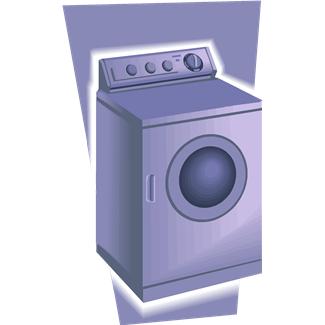 Animal protein is known to clog arteries. Plant-based is not known to do this.
Animal protein is known to clog arteries. Plant-based is not known to do this.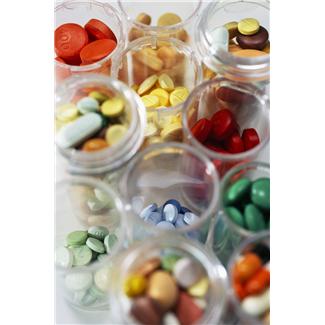 If people are healthier and use less medical services, less pharmaceuticals; they will reduce their own personal costs. They will also reduce the pharmaceutical and medical equipment manufacturing rate as well as the distribution and transportation costs which are 1.5 to 4.5% of their sale price, according to Transportation Journal, Jan., 2005.
If people are healthier and use less medical services, less pharmaceuticals; they will reduce their own personal costs. They will also reduce the pharmaceutical and medical equipment manufacturing rate as well as the distribution and transportation costs which are 1.5 to 4.5% of their sale price, according to Transportation Journal, Jan., 2005. If we could avoid running over a dog or cat in the road, would we do it? Of course, we would. In the same way, if we transitioned to a plant-based diet, we would be doing just that. We would automatically be eliminating the need for the animal industry to replace food we just ate. This means we would slow down the process of using animals for food, which, more times than we would like to think, abuses, terrorizes and mutilates animals. Although there are hard, honest workers in the animal food industry, if there are other choices, can we make them?
If we could avoid running over a dog or cat in the road, would we do it? Of course, we would. In the same way, if we transitioned to a plant-based diet, we would be doing just that. We would automatically be eliminating the need for the animal industry to replace food we just ate. This means we would slow down the process of using animals for food, which, more times than we would like to think, abuses, terrorizes and mutilates animals. Although there are hard, honest workers in the animal food industry, if there are other choices, can we make them?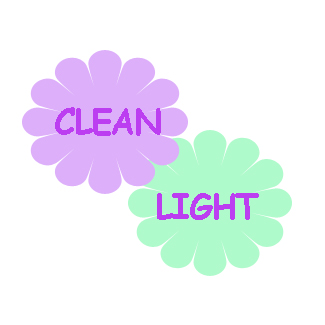 Another reason for considering a plant-based diet (or its direction) is personal to me. Therefore, please consider this in evaluating it.
Another reason for considering a plant-based diet (or its direction) is personal to me. Therefore, please consider this in evaluating it.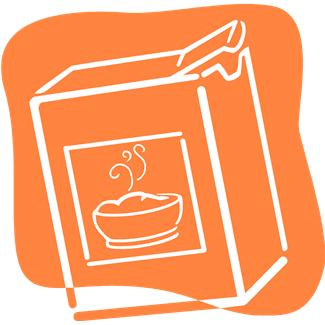 2)
2)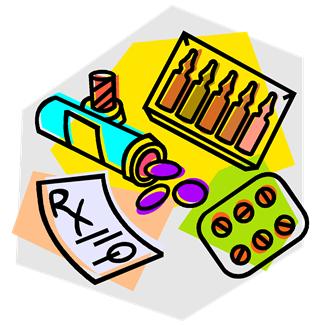 Through the medical model to fix what ails, doctors are schooled in drug therapy. This is super fantastic since drugs are miraculous helpers. But, there are preventive disciplines that have little to do with pharmaceuticals; they teach us how to live and thrive without drugs.
Through the medical model to fix what ails, doctors are schooled in drug therapy. This is super fantastic since drugs are miraculous helpers. But, there are preventive disciplines that have little to do with pharmaceuticals; they teach us how to live and thrive without drugs.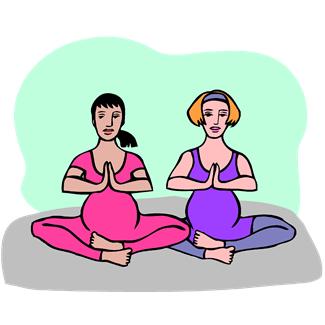
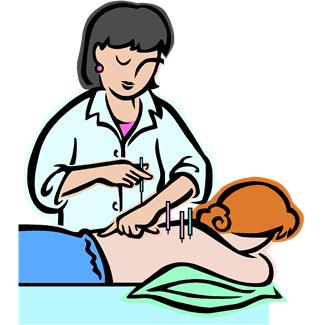
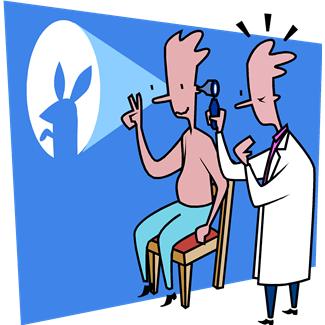 Of course, there are loads of habits we have developed over the years. They are so ingrained, sometimes we can’t identify which are based on learned facts, on nebulous supposition, on familial traditions.
Of course, there are loads of habits we have developed over the years. They are so ingrained, sometimes we can’t identify which are based on learned facts, on nebulous supposition, on familial traditions. 3)
3)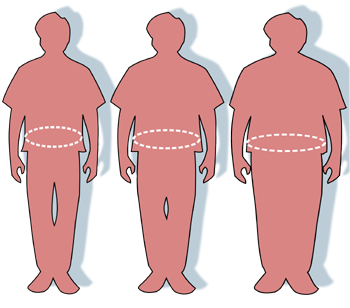 What we often think about when the word “habit” comes up are overindulgence in eating, drugs, drinking alcohol, gambling, etc. These habits are behaviors we have repeated so many times they now require a considerable effort to stop, different from what would happen should we find out that a good habit, tooth brushing, did harm to us.
What we often think about when the word “habit” comes up are overindulgence in eating, drugs, drinking alcohol, gambling, etc. These habits are behaviors we have repeated so many times they now require a considerable effort to stop, different from what would happen should we find out that a good habit, tooth brushing, did harm to us.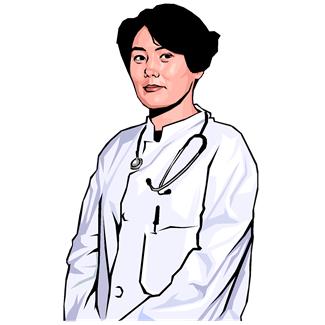 4) Going to our medical professional to get drugs is what we do when we are sick. Nutritional counseling is not part of going to the doctor. Why? In our current health care system, there is no reimbursement for our doctors’ talking about food. What’s even more disturbing is that some 40% of medical schools only require 1 small course in nutrition. We have been trained that this is right, and we trusted this model until our rate of disease continues to soar.
4) Going to our medical professional to get drugs is what we do when we are sick. Nutritional counseling is not part of going to the doctor. Why? In our current health care system, there is no reimbursement for our doctors’ talking about food. What’s even more disturbing is that some 40% of medical schools only require 1 small course in nutrition. We have been trained that this is right, and we trusted this model until our rate of disease continues to soar.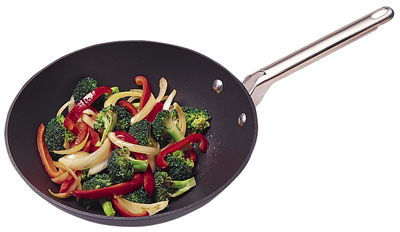 Unfortunately, we have lived our lives learning these habits. We have built habits around the idea of eating meat/poultry/fish/eggs/dairy for nutrition. The fact that there are a plethora of studies showing that these foods cause cardiovascular and chronic diseases means we will have to consider changing our habits and changing our knowledge to maintain health and, possibly, reverse sickness.
Unfortunately, we have lived our lives learning these habits. We have built habits around the idea of eating meat/poultry/fish/eggs/dairy for nutrition. The fact that there are a plethora of studies showing that these foods cause cardiovascular and chronic diseases means we will have to consider changing our habits and changing our knowledge to maintain health and, possibly, reverse sickness.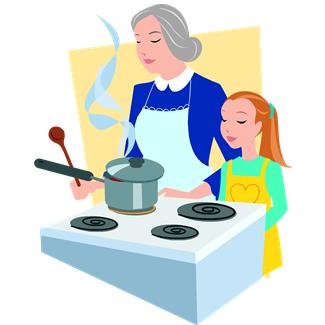 The sad thing is, for the most part, we are not aware, especially in the poorer communities, that the nutritionally calculated value of drive up food is reduced to almost nil because of the negative health side-effects from eating it. The other equally devastating issue is that those of us who know that fast food is bad don’t know what to eat as an alternative for the same shoestring budget expense. Fortunately, children are learning plant-based alternatives and ways to budget for healthy food through their elementary schools. And they are bringing this information home. Go early ed teachers!
The sad thing is, for the most part, we are not aware, especially in the poorer communities, that the nutritionally calculated value of drive up food is reduced to almost nil because of the negative health side-effects from eating it. The other equally devastating issue is that those of us who know that fast food is bad don’t know what to eat as an alternative for the same shoestring budget expense. Fortunately, children are learning plant-based alternatives and ways to budget for healthy food through their elementary schools. And they are bringing this information home. Go early ed teachers! If the habits we have collected regarding medicine, treatment, food, lifestyle choices have been based on misinformation, it’s time to take a look at the foundation on which they were built. This is going to mean changing some habits. It’s also going to involve re-educating ourselves as to which medical professionals know what. Of course, it’s difficult to change doctors. But, if the ones we have are not integrating the necessary health habits into the mix, it might be time. At least, we need to do our own research about some of the things in this article.
If the habits we have collected regarding medicine, treatment, food, lifestyle choices have been based on misinformation, it’s time to take a look at the foundation on which they were built. This is going to mean changing some habits. It’s also going to involve re-educating ourselves as to which medical professionals know what. Of course, it’s difficult to change doctors. But, if the ones we have are not integrating the necessary health habits into the mix, it might be time. At least, we need to do our own research about some of the things in this article.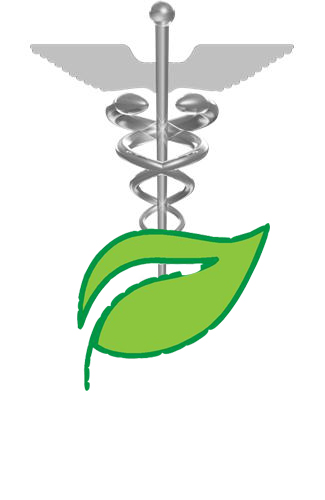
 There is much evidence that plant-based nutrition helps rid us of a variety of modern-day ailments. However, major “Western” food manufacturers downplay it. After all, what would happen to their food consumption if even 50% of the people who now eat meat/fish/fowl/dairy/eggs changed their ways?. What would manufacturers do if people in the United States stopped eating processed foods?
There is much evidence that plant-based nutrition helps rid us of a variety of modern-day ailments. However, major “Western” food manufacturers downplay it. After all, what would happen to their food consumption if even 50% of the people who now eat meat/fish/fowl/dairy/eggs changed their ways?. What would manufacturers do if people in the United States stopped eating processed foods?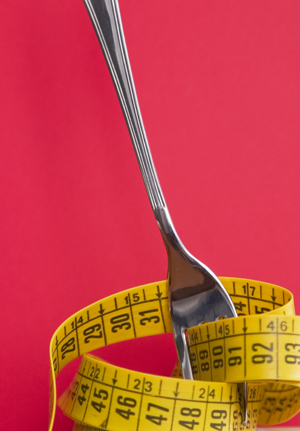
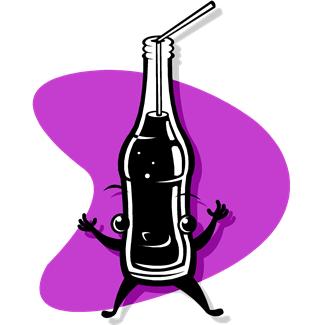 Let’s look at soda, including diet-soda. The highest source of calories of any food in the United States is soda. It is an acid-forming food along with diet soda, which has no calories but is in the same acid category. Both regular and diet soda contain phosphoric acid, all the way over on the acid side of acid-forming foods.
Let’s look at soda, including diet-soda. The highest source of calories of any food in the United States is soda. It is an acid-forming food along with diet soda, which has no calories but is in the same acid category. Both regular and diet soda contain phosphoric acid, all the way over on the acid side of acid-forming foods. Did you know that saliva is alkaline and that if you chew more, you enable the digestive process? Many monks profess that we chew our food 50 times before swallowing. This will predigest the food and liquify it. It will provide a time for us to appreciate the food without rushing. Now, I know it will certainly combine well with alkaline saliva for body health.
Did you know that saliva is alkaline and that if you chew more, you enable the digestive process? Many monks profess that we chew our food 50 times before swallowing. This will predigest the food and liquify it. It will provide a time for us to appreciate the food without rushing. Now, I know it will certainly combine well with alkaline saliva for body health.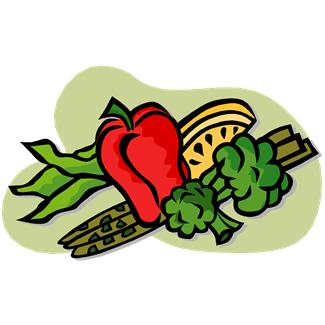 Feel good, feel balanced. Consider eating plant-based nutrition for a proper pH level. Keep the body in the best position for losing weight, and learn which foods are alkaline and eat them.
Feel good, feel balanced. Consider eating plant-based nutrition for a proper pH level. Keep the body in the best position for losing weight, and learn which foods are alkaline and eat them.





